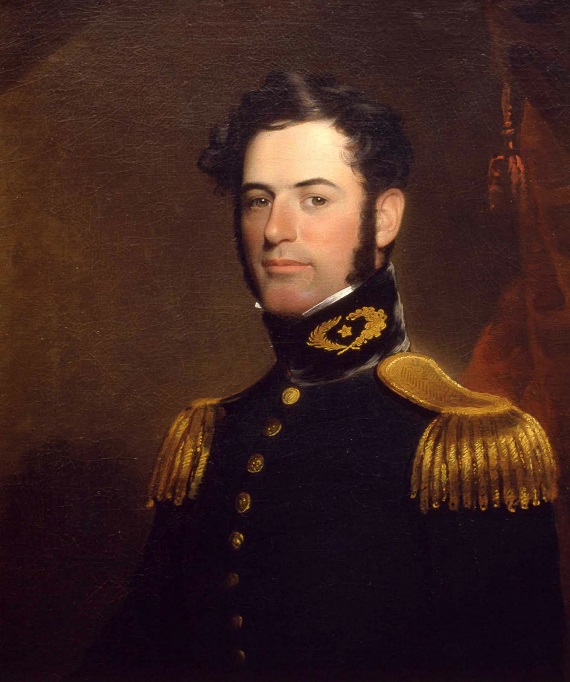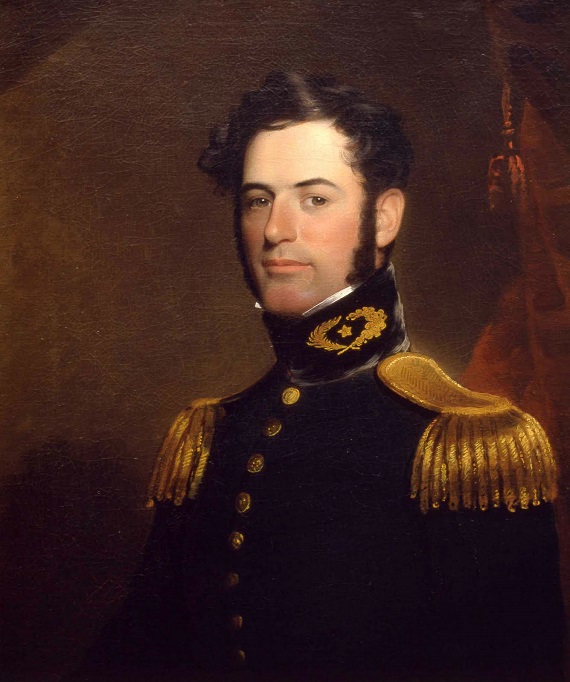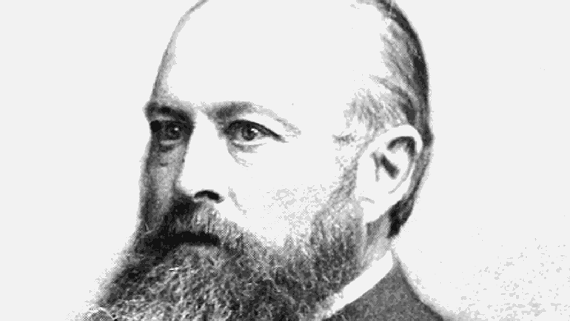At the time of his death, was Robert E. Lee a man without a country?
No, the Gray Fox of the Confederacy was not like the naval officer in Edward Everett Hale’s novel who cursed his country.
Lee’s country, before and after the War Between the States, was the United States of America, a republic he served with valor and distinction. During the War, Lee served a new nation as the general-in-chief of that nation’s armies, but after Joe Johnston’s surrender to Sherman, the Confederate republic ceased to exist for all practical purposes.
Indeed, it was the official policy of the administration of Union President Andrew Johnson that there had been, in fact, no such entity as “the Confederate States of America.” And the several states that had made up that republic were, in Johnson’s view, simply states “lately in rebellion.”
But because General Lee had served as the ranking military officer of the so-called “rebel” army, he and others who held high position in the late Confederacy were denied their civil rights and indicted for treason. Later, that indictment was dismissed and no one who had served the Confederacy in its high command was actually brought to trial.
But even before the indictments were dismissed (and General Grant himself had said the indictments went against the surrender terms at Appomattox), even before that, President Andrew Johnson issued an amnesty proclamation in May of 1865. It was because of this amnesty that Lee, in June of 1865, applied to President Johnson for restoration of his civil rights as a citizen of the United States. General Grant endorsed Lee’s application and forwarded it, from the War Department, to the President.
Unknown to Lee at that time, an oath of allegiance to the U.S. Constitution was also required. Later that year, on the same day that he assumed office as president of Washington College in Lexington, Virginia, Lee took the required oath before a notary public in Rockbridge County. In the oath Lee solemnly swore that he would henceforth “…support, protect and defend the Constitution of the United States and the Union of the states thereunder,” and that he would also, “…abide by and faithfully support all laws and proclamations which have been made during the existing rebellion with reference to the emancipation of slaves…”
Lee’s letter seeking amnesty never got to the President and the separate oath was lost—or at least misplaced. The letter was given away by Secretary of State William Seward as a souvenir to General Dan Sullivan. The letter remained in the Sullivan family until 1899 when a Philadelphia publisher. Charles H. Walsh, obtained it from Sullivan’s grandson and offered to sell it to the War Department for $100. The offer was rejected on the basis that such correspondence belonged in State Department files. Finally, the Lee letter ended up in the files of the Illinois State Historical Library.
And what about Lee’s oath? Well, that wound up in a cardboard box in the National Archives, where it was uncovered in 1970 by Elmer Oris Parker, who had been director of the Old Military Records Branch and who wrote an article bringing all this history back into the public consciousness.
Congressman John Conyers, Jr. of Michigan found out that the oath had never really been “lost” but had been on public display in the State Department back in the 1930s. It was during World War II that these State Department files were transferred to the National Archives.
At any rate, neither letter nor oath got to its destination when it could have given General Lee comfort in his lifetime—a fact that looks more like sabotage than bureaucratic bungling. However, three years after Lee sent his letter and oath—on Independence Day of 1868—President Johnson issued a full pardon to anyone who had taken part in the so-called “rebellion.” Still, certain ex-Confederate leaders—among them Jefferson Davis and Robert E. Lee—were not covered by this pardon because they had been indicted (but never tried) on treason charges.
To correct this exclusion, on Christmas Day of that same year, Johnson issued a full pardon and restoration of civil rights to all those who had been charged with treason as a result of their allegiance to the Confederate government.
Did this full pardon end the quest to restore the benefits of citizenship to General Lee? No. There was more to come. Congressional Radicals, who despised the South, rammed through (illegally, some scholars think) the Fourteenth Amendment to the U.S. Constitution. Section Three of that amendment effectively nullified the pardon Johnson had extended to Southern leaders like Davis and Lee. The ban could only be removed by a vote of two- thirds of each House of Congress.
Finally, in June of 1898, Congress repealed Section Three to allow former Confederate officers like “Fightin’ Joe” Wheeler to take part in the War with Spain, a war in which Wheeler, wearing Army blue, fought as a major- general of U.S. Volunteers.
Of course, that was too late by 28 years for General Lee, who died on October 12, 1870, still denied his citizenship as an American. Under the law, Lee was allowed to vote (something, at that time, women and Indians could not do). He could not hold federal or state office—either civil or military—and he could not serve on a jury. Nor could he serve as administrator of the Custis estate of Arlington, the old Lee home which the Federal government seized and still owns. At his death.
Lee was not fully a citizen despite the efforts he made in his last years to regain his citizenship. This final aggression against the name of a great man continued to trouble many Americans, both in the North and the South.
In 1951, Senator Homer Capehart of Indiana tried, without success, to win Congressional approval of an act to restore Lee’s rights. In March of 1963, as one of his first acts as a new member of the House, Congressman James H. Quillen of Tennessee’s First District tried to do the same thing, but Quillen’s bill never got out of committee. Then, in 1970, after Elmer Oris Parker had published his article about the “lost” Lee oath, interest was renewed in doing the right thing by Robert E. Lee. For example, an effort was launched to have President Nixon issue an executive order to restore Lee’s full citizenship but White House aide John Dean said the proper procedure was to get Congressional action.
Final action came in 1975, when Congress passed a special act sponsored by two Virginians—Harry F. Byrd, Jr. in the Senate and Herbert E. Harris in the House. The measure was signed into law on August 5, 1975 by President Gerald Ford. The act restored all of Lee’s civil rights retroactive to June 13, 1865. when he wrote his first letter to President Andrew Johnson.
The bill passed the Senate by voice vote and in the House, by a roll-call vote of 407 to 10, with opposition led by Congressman Conyers and by Congresswomen Bella Abzug and Elizabeth Holtzman. both of New York. Their opposition centered around the fact that the Lee Act did not include amnesty for Vietnam draft dodgers.
Three years later, Congress passed a similar act restoring full civil rights to Jefferson Davis, although in his lifetime, the former Confederate president never asked for amnesty or pardon. As far as Davis was concerned, there was nothing to be pardoned for.
If, however, the oversight troubled the soul of General Lee, now, after more than a century, Robert E. Lee, Citizen, can rest in peace.
This piece was published in the 1986 Fall/1987 Winter issue of Southern Partisan.







